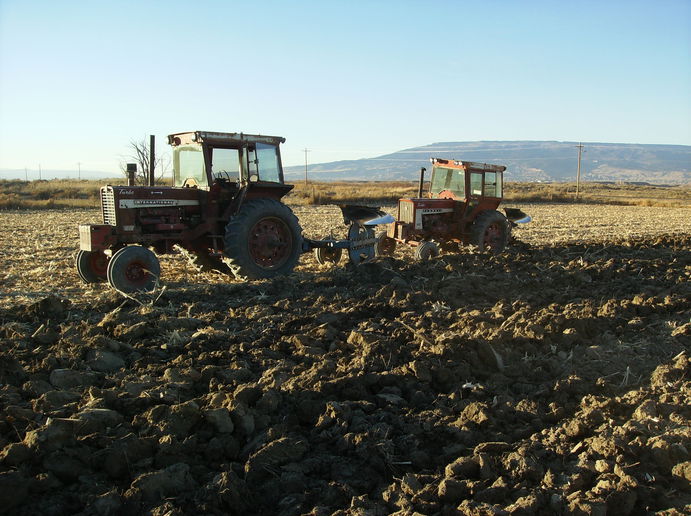466dtrollingcoal
New User
I was wondering if theres a method out there to help you select the proper moldboard plow for you specific tractor. All things that I can think of that would add up is a 6cyl diesel tractor has more weight and lugging power so a 100 hp 6cyl would be able to lug a 5x16 much better than a 4 cyl, but a 4cyl diesel tractor is more compact and more agile in the field. Obviosly 4wd plays a big role in the field as well as the type of soil as I am used to hard clay. What is the rule of thumb for moldboard plowing? I would appreciate some insight on this subject. Thank You


